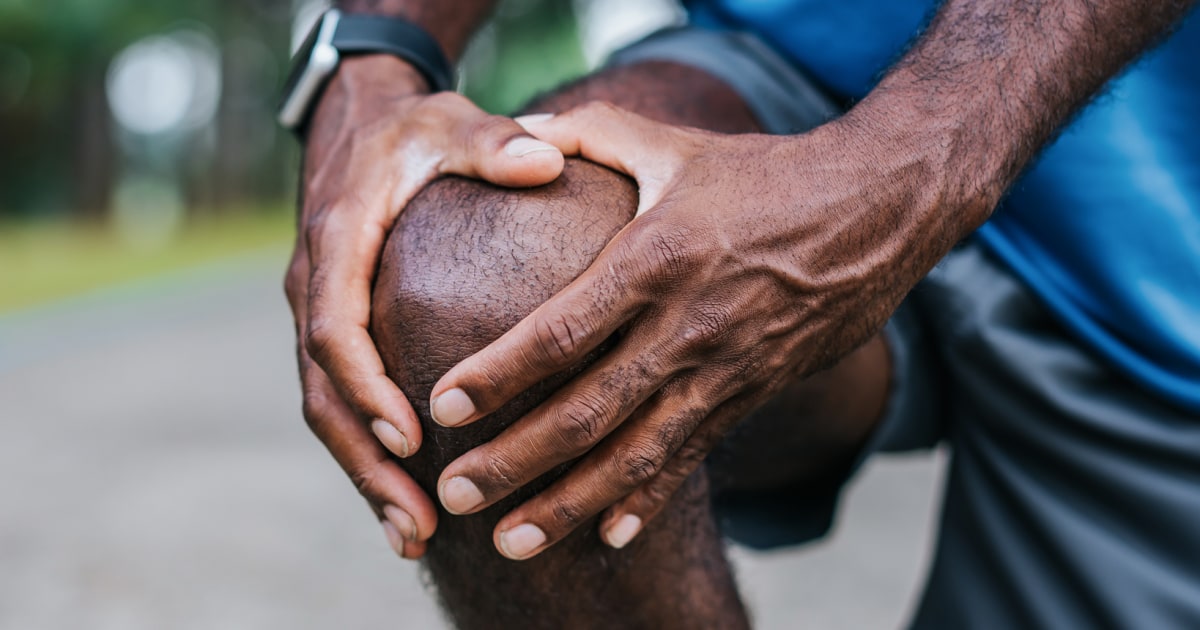
Bicycling, whether outdoors or in a spinning class, may help prevent knee arthritis and pain.
People who biked at any point in their lives were 17% less likely to develop knee pain and 21% less likely to develop arthritis with pain in the knee joint, according to an analysis of data from more than 2,600 people in their 60s. The report was published earlier this month in Medicine & Science in Sports & Exercise.
“Based on our observational study, bicycling over a lifetime is associated with better knee health, including less knee pain and less damage to the joint,” said the study’s lead author, Dr. Grace Lo, chief of rheumatology at the Michael E. DeBakey VA Medical Center in Houston. “The more periods of time in life a person spent bicycling, the less likely she or he had knee pain and signs of osteoarthritis.”
From a more personal perspective, Lo said, “the findings from the study make me feel pretty good that I make my kids ride their bikes on a regular basis and I will continue to encourage that activity. I also am happy that I have a bike and I ride when I have a chance as well.” Lo is also associate professor of medicine at Baylor College of Medicine.
Biking builds muscles around the knees
People with knee arthritis are often told by their doctors to keep their joints moving, but until now it wasn’t clear what activity might be best for that. The new study suggests that biking may build muscles around the knees without the downside of jarring to the joints that might result from activities such as running.
Lo and her colleagues focused on a subset of volunteers from a larger study, the Osteoarthritis Initiative, a multicenter observational investigation that recruited people ages 45 to 79, some of whom had knee arthritis while some did not.
As part of the new research, eight years into the original study participants filled out a questionnaire that asked about leisure physical activity during four periods of their lives:
- Ages 12 to 18.
- 19 to 34.
- 35 to 49.
- Age 50 and older.
For each time period, the participants were asked how often they cycled. More than half of them had cycled consistently at some point in their lives.
The data from the study can’t explain why biking might be protective. But Lo suspects that people who biked between 12 and 18, when most did it, built up their quadriceps and that development stayed with them even though they may not have continued to ride.
Biking may be so protective because it doesn’t jar the joints.
“We do know that activities that are non-weight bearing are less likely to cause pain,” Lo said. “That’s probably a reason why people have less pain when bicycling as compared to other activities.”
Latest fitness news
When it comes to outside versus inside pedaling, Lo says there’s no research to determine whether one is better than the other. It’s just a matter of personal preference and convenience.
“This is a pretty cool study,” said Dr. Andrew Gregory, an associate professor of orthopedics neurosurgery and pediatrics at the Vanderbilt University Medical Center in Nashville. “It’s advice we give out a lot but it’s good to be able to support that advice with evidence.”
Activities that involve moving the knee help maintain the health of cartilage.
“Movement of the joint is really important because it drives nutrients into the cartilage,” Gregory said, adding that this part of the knee has no blood supply of its own.
Which helps knees more — biking or running?
The big advantage biking has over running is it saves the knees from being jarred, Gregory said. In fact, people with knee arthritis probably shouldn’t be running, he added.
Moreover, biking strengthens an important group of muscles that isn’t built up by running.
“Running works the muscles that are in a straight line: the hamstrings, the quads and the calves,” Gregory explained. “Biking strengthens the glutes, which keep the hips and knees strong and that helps because they affect side to side motion.”
Without strong muscles on the sides of the legs, the knees are more vulnerable to injury.
The new study doesn’t suggest how often people should bicycle. But for that, you might want to fall back on general recommendations on how much activity is healthy, said Dr. Christine Peoples, a clinical associate professor of medicine in the division of rheumatology at the University of Pittsburgh.
“I would say, if you’re not active now, you should start slow and cycle two to three times a week pedaling slowly and at a low intensity,” she said. “Make sure you’re on a bike with a supportive seat position. Then you can gradually increase the intensity.”
The study does have limitations. It doesn’t prove that biking helped people’s knees — it can only show an association between cycling and less pain and joint damage, said Dr. Scott Barbuto, an assistant professor of rehabilitation and regenerative medicine at the Columbia University Vagelos College of Physicians and Surgeons in New York City.
When a study is retrospective, meaning the data are examined after the fact, “you can never talk about causality,” he added. “And the authors do mention this as a limitation of the study.”
Still, Barbuto said, doing a prospective trial in which participants are randomly assigned to bike or not to bike is not feasible since it takes so long for arthritis to develop.
How does biking help the knees?
It’s possible that the nonconcussive exercise sparks the production of factors that limit the development of inflammation, Barbuto said. Moreover, it strengthens the muscles in the leg that support the knees, he said. And it does so without the impact stress on the joints you would get with running.
Rehab for an arthritic knee includes physical therapy to strengthen the muscles around the joint, he said.






